
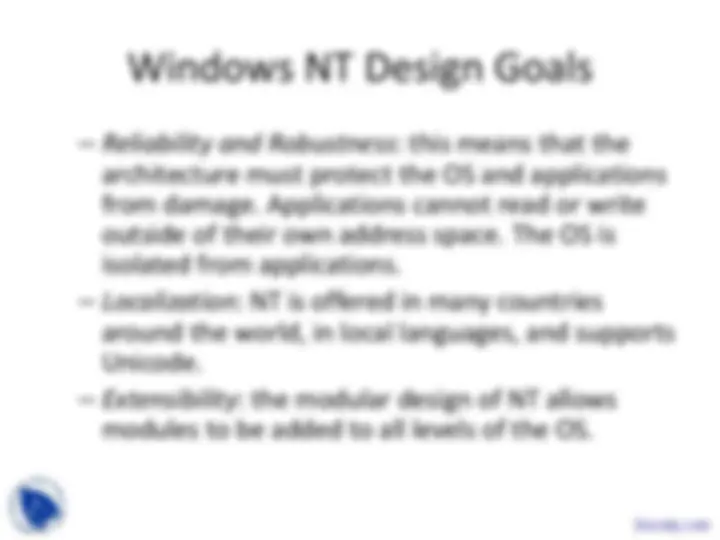
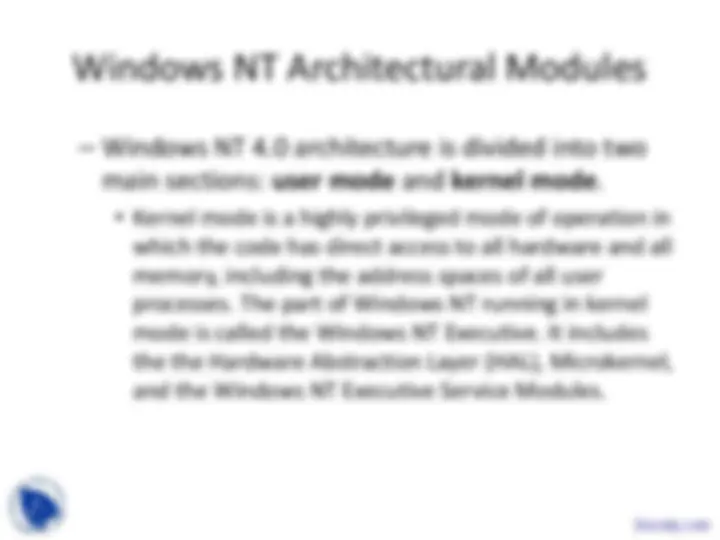
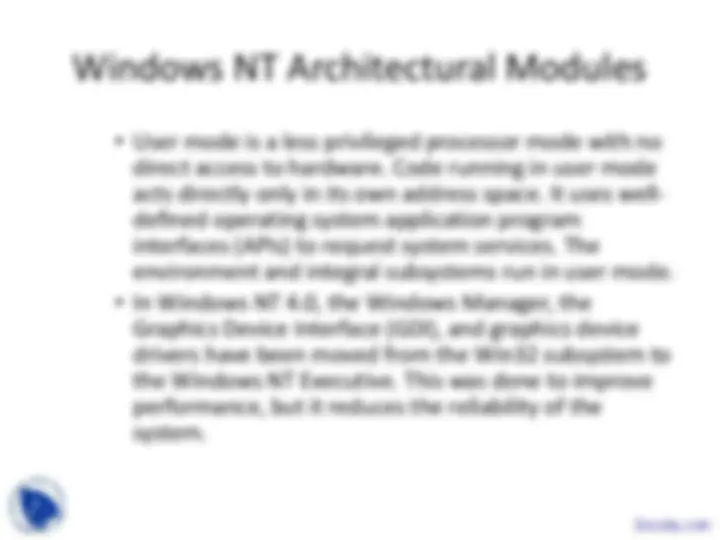
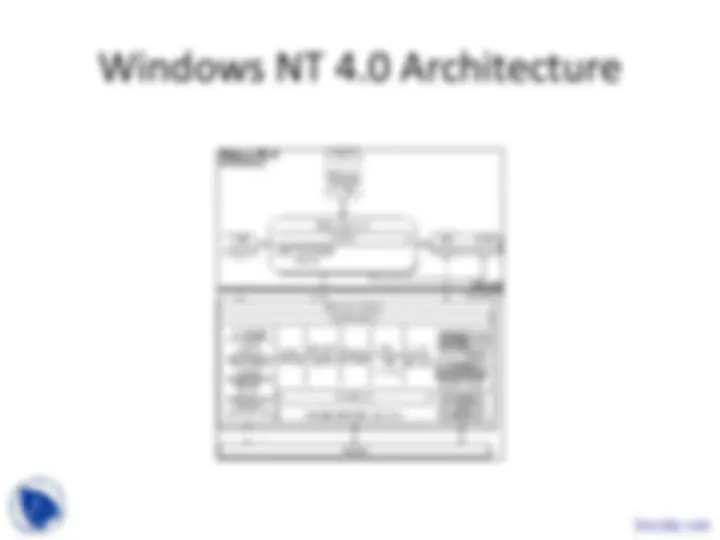
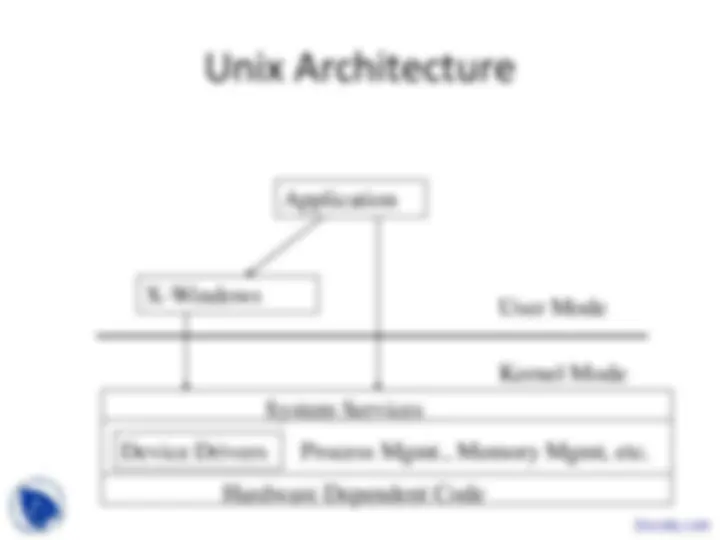
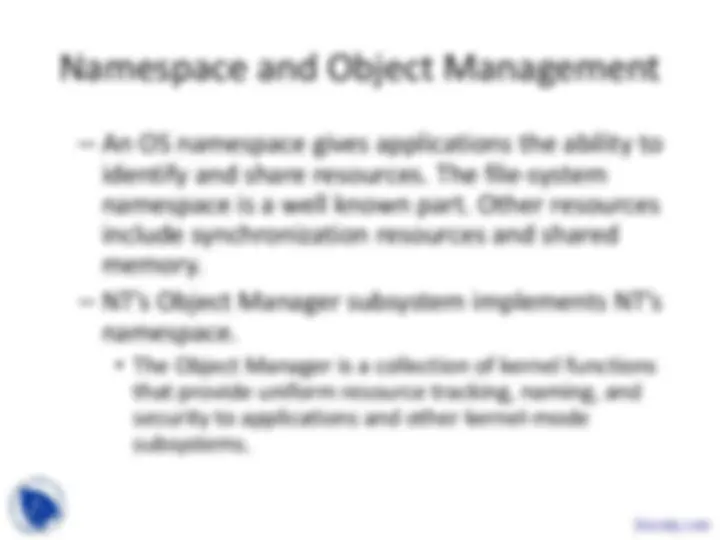
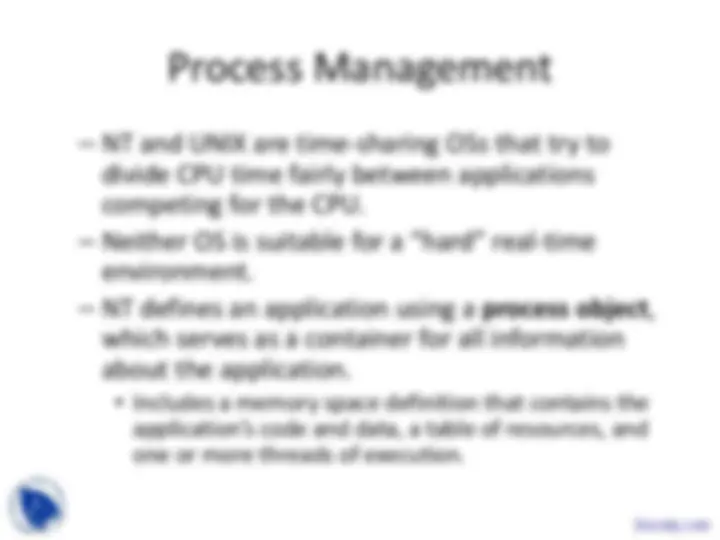
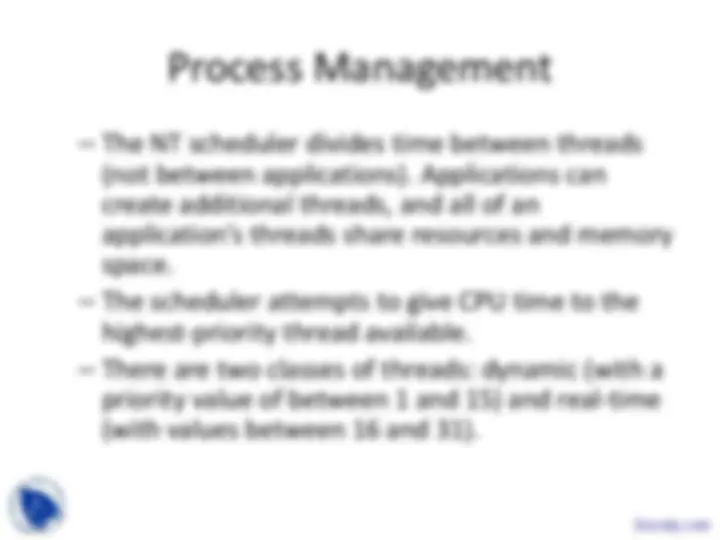
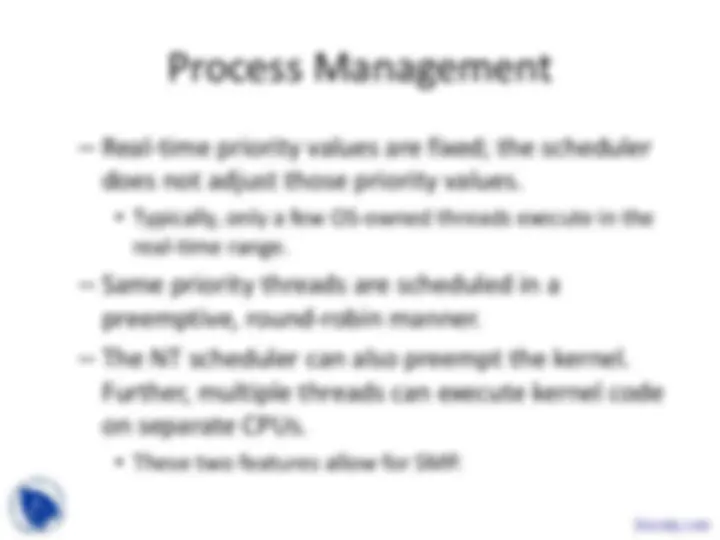
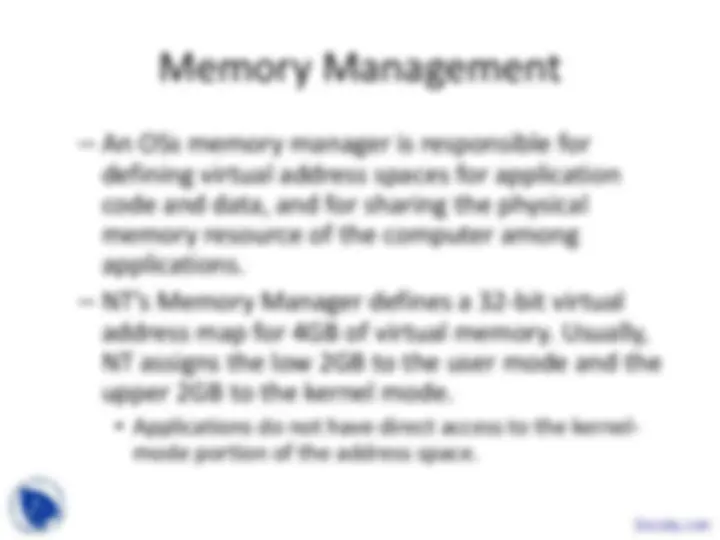
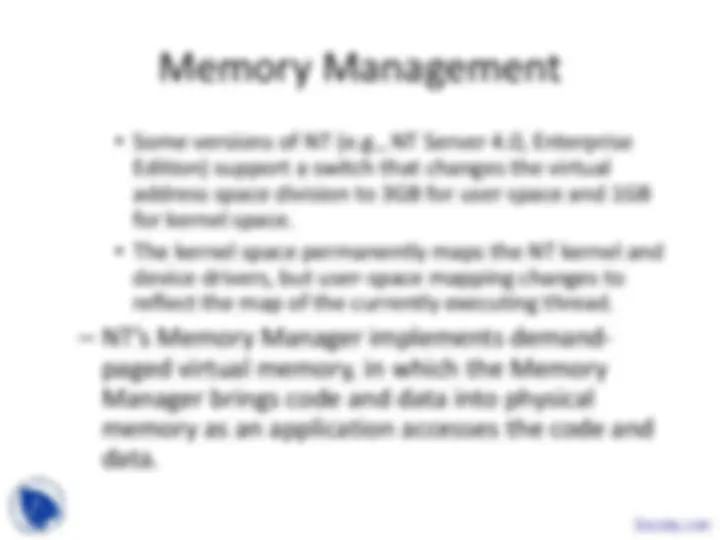
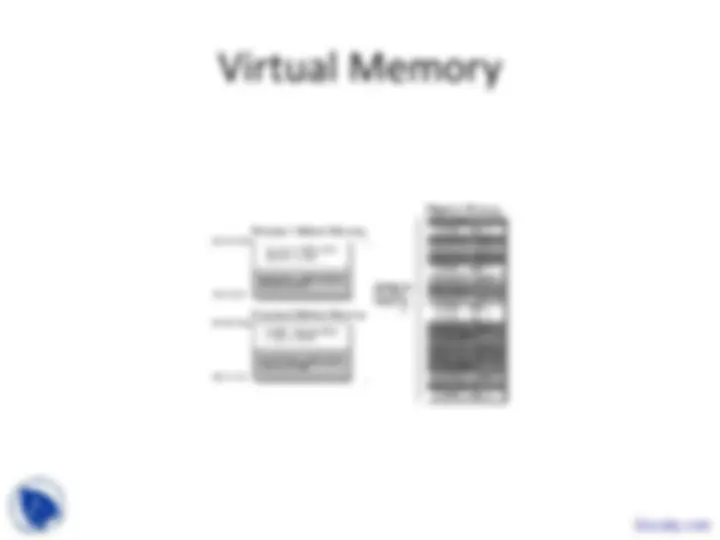
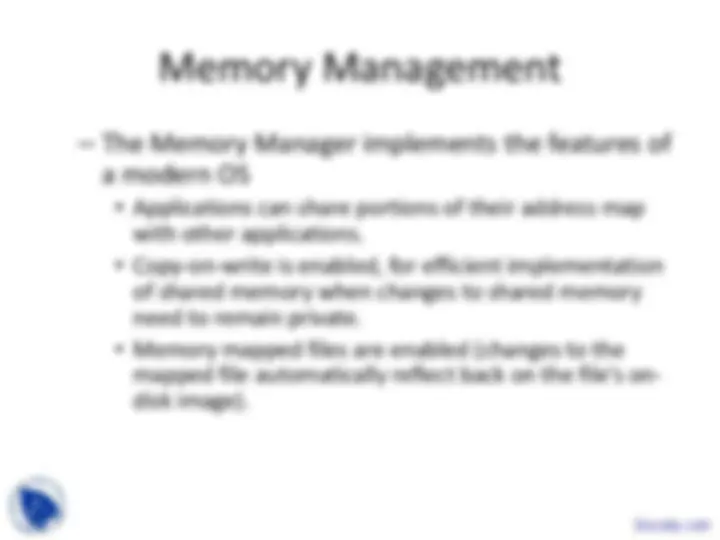
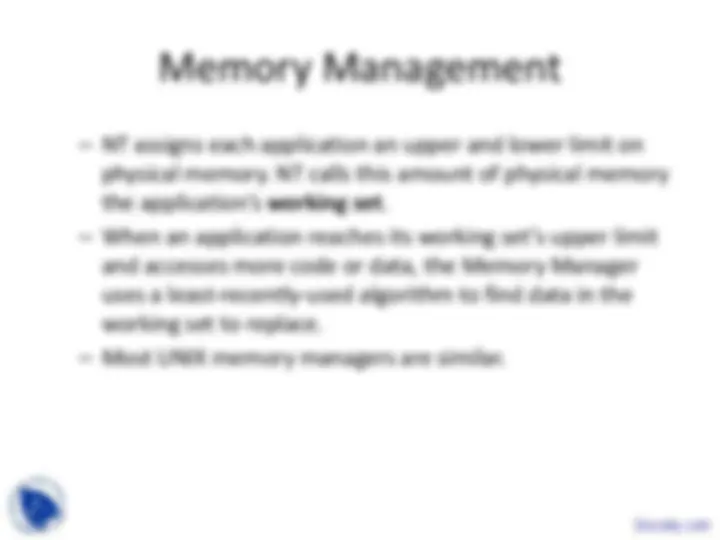
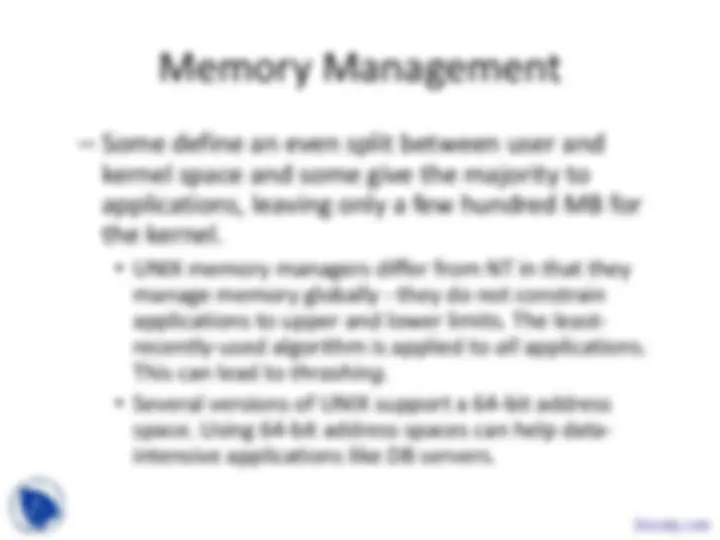
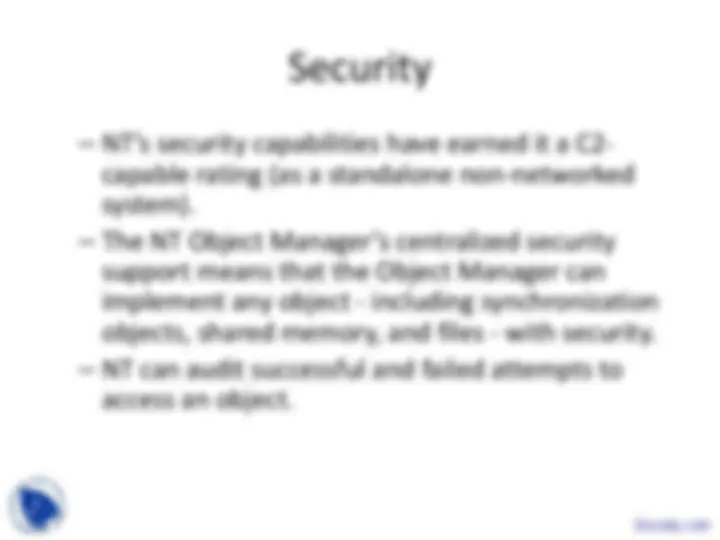
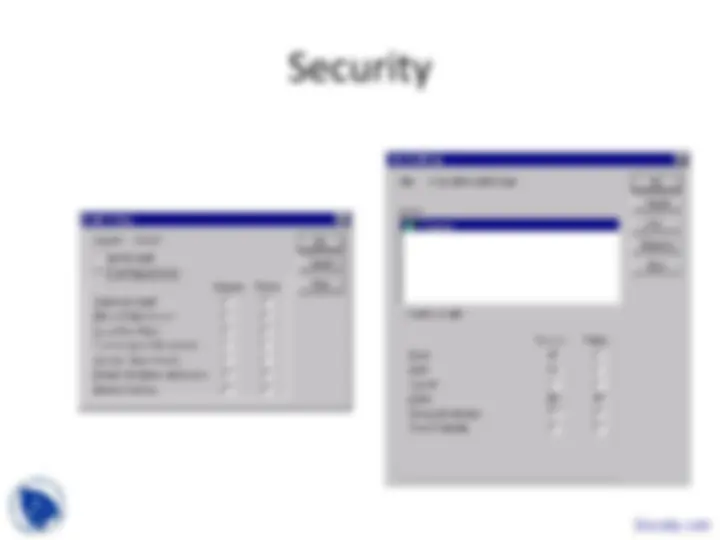
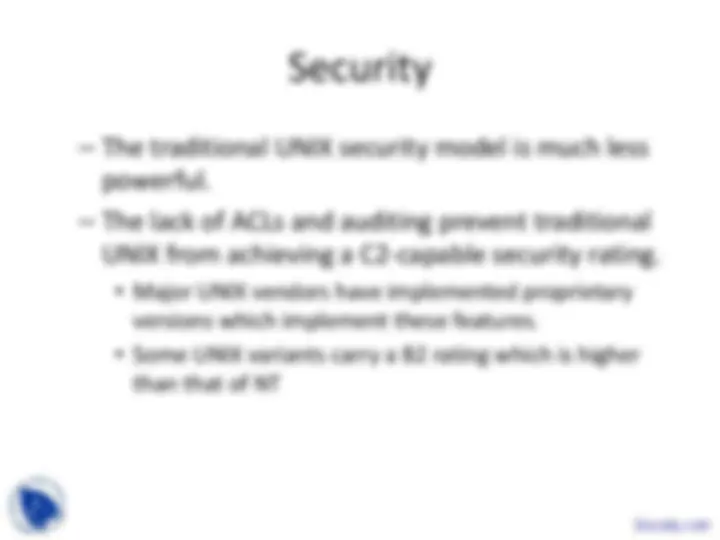
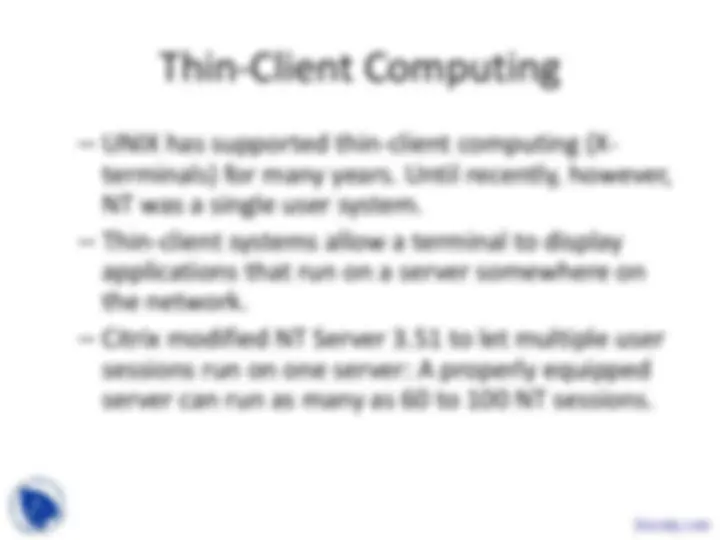
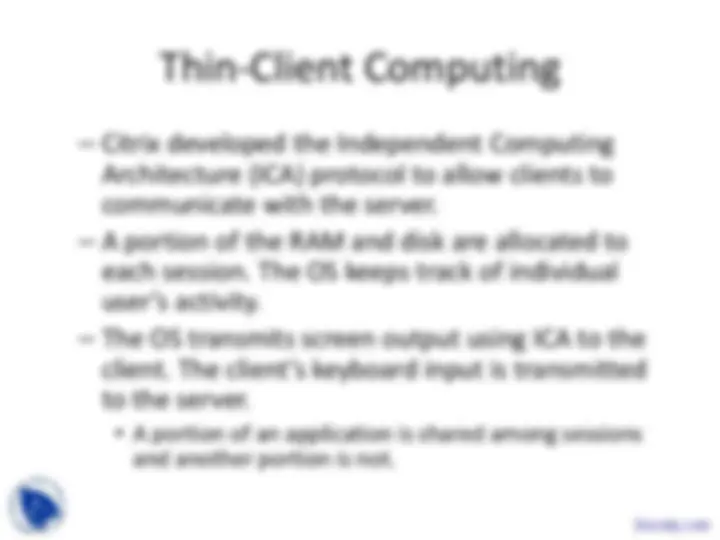
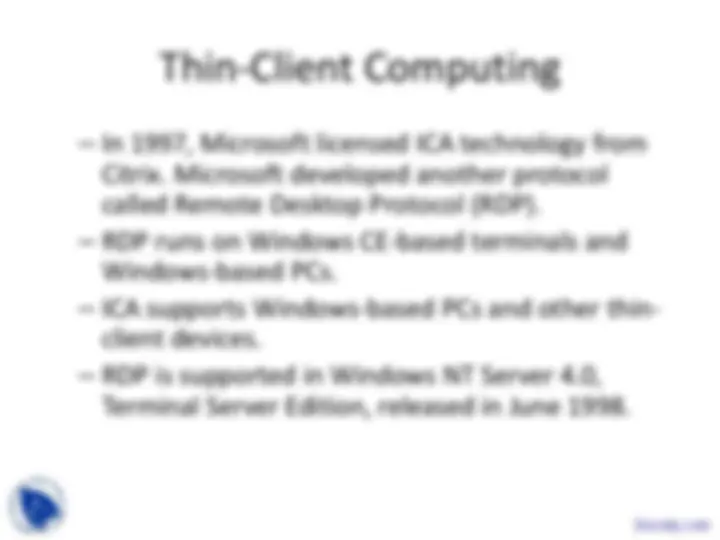
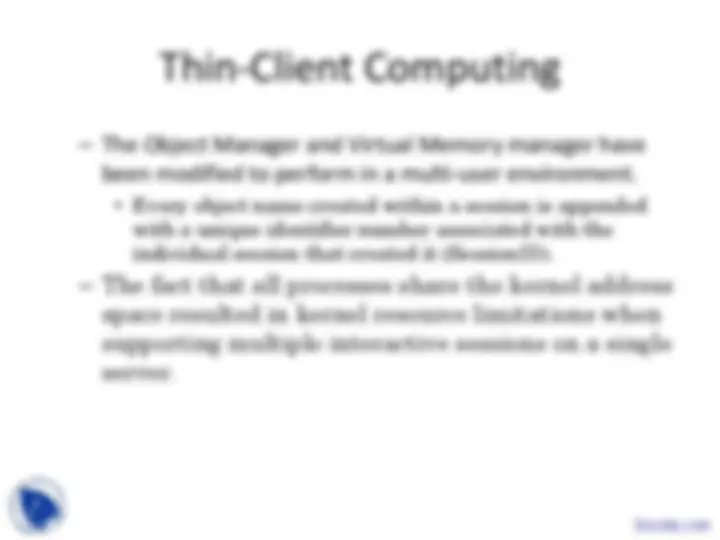
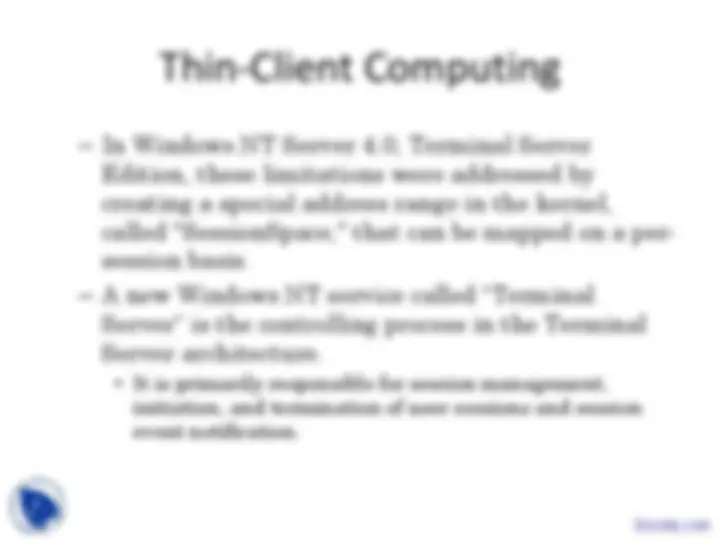

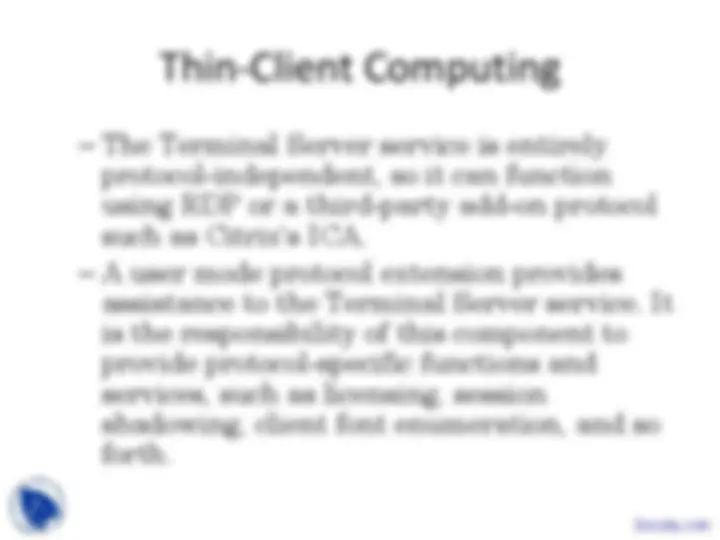
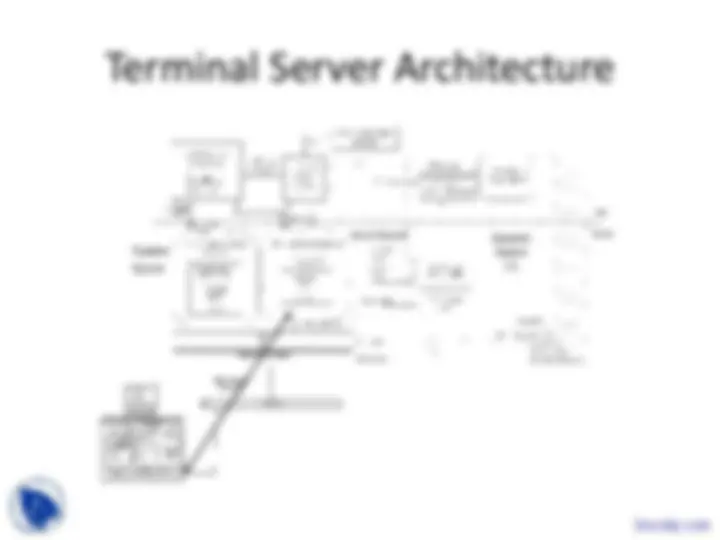


Study with the several resources on Docsity

Earn points by helping other students or get them with a premium plan


Prepare for your exams
Study with the several resources on Docsity

Earn points to download
Earn points by helping other students or get them with a premium plan
Community
Ask the community for help and clear up your study doubts
Discover the best universities in your country according to Docsity users
Free resources
Download our free guides on studying techniques, anxiety management strategies, and thesis advice from Docsity tutors
Main points of this lecture are: Windows Nt Design Goals, Symmetric Multiprocessing Hardware, Distributed Processing, Transport Protocols, Procedure Calls, Reliability and Robustness, Kernel Mode, Hardware Abstraction Layer, Unix Architecture
Typology: Slides
1 / 34

This page cannot be seen from the preview
Don't miss anything!



























architecture designed to provide a safe environment to run mission-critical applications. It has met the requirements for C2 level security.
networking built into the base OS. NT supports a number of transport protocols and named pipes, remote procedure calls (RPCs), and Windows Sockets.
System Services Memory^ Virtual Manager^ Process Facility^ LPC Manager Reference^ Security Manager^ Object (^) Monitor File Systems I/O Manager Cache Manager Device Drivers Microkernel^ Network Drivers
NT Executive
Hardware Abstraction Layer (HAL)
Hardware
User Mode Kernel Mode
Process^ Logon
Subsystem^ Security
Subsystem^ OS/
Client^ OS/
Subsystem^ Win
Win32Client Subsystem^ POSIX
POSIXClient
Subsystems^ Protected
Applications
Message PassingSystem Trap Hardware Manipulation